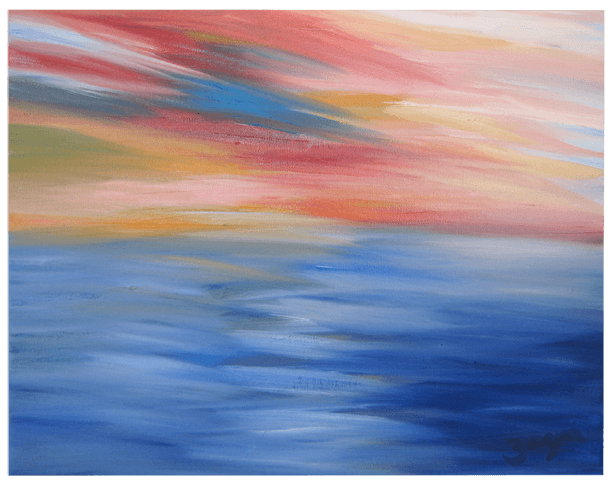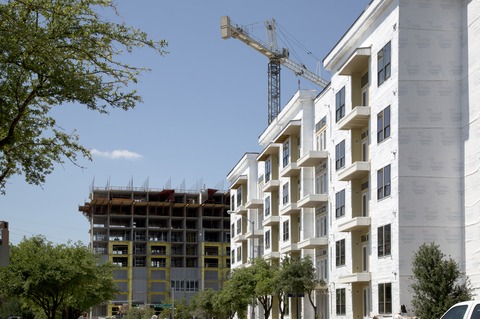After seeing Henry Domke's post about abstract art for healthcare earlier this week, I thought I'd jump into the fray. He's still conducting his straw poll, but most of the healthcare art experts Domke queried said no to abstract art.
In a "Guide to Evidence-based Art" published by The Center for Health Design, authors Kathy Hathorn, MA, and Upali Nanda, Ph.D., present an excellent summary of the research on art for healthcare. Even though the report was released in 2008, I doubt that many more significant studies have been done on this topic in the past six years.
Doesn't It Depend on the Type of Art?
And while the research shows that patients prefer viewing scenes of nature over abstract art (as well as over scenes of people and urban landscapes), I've always wondered what type of nature and abstract art were used in the studies.
For example, would a dark, brooding landscape painting by a Dutch master Jacob van Ruisdael be appealing to patients in a hospital? No more appropriate than a jarring abstract piece by Jackson Pollock, I would think.
I could even argue that some of Domke's nature images, particularly the stunning close-ups of flora and fauna -- are sort of abstract. But my guess (and it is only a guess), is that patients do not find them disturbing.
Contemporary vs. Abstract Art
It also depends on the type of art and its placement. I see lots of hospital projects with hanging mobiles, collages, and other kinds of contemporary art in lobbies or public areas. Are these disturbing to patients?
I'm no art expert. And I'm a big fan of nature and its healing effects. But I'd like to see a study that looks at what composition and subject matter in abstract art might be appropriate in healthcare.
What do you think?
Photo credit: "Full Spectrum #2" oil and canvas painting by Laurie Zagon.
P.S. Please do me a favor -- if you liked this post and like this blog, please share it with others by sending them the link and/or post it on your Twitter, LinkedIn, or Facebook, etc. Also, don't forget to subscribe, so you'll get emails when new content is posted. Thanks!







